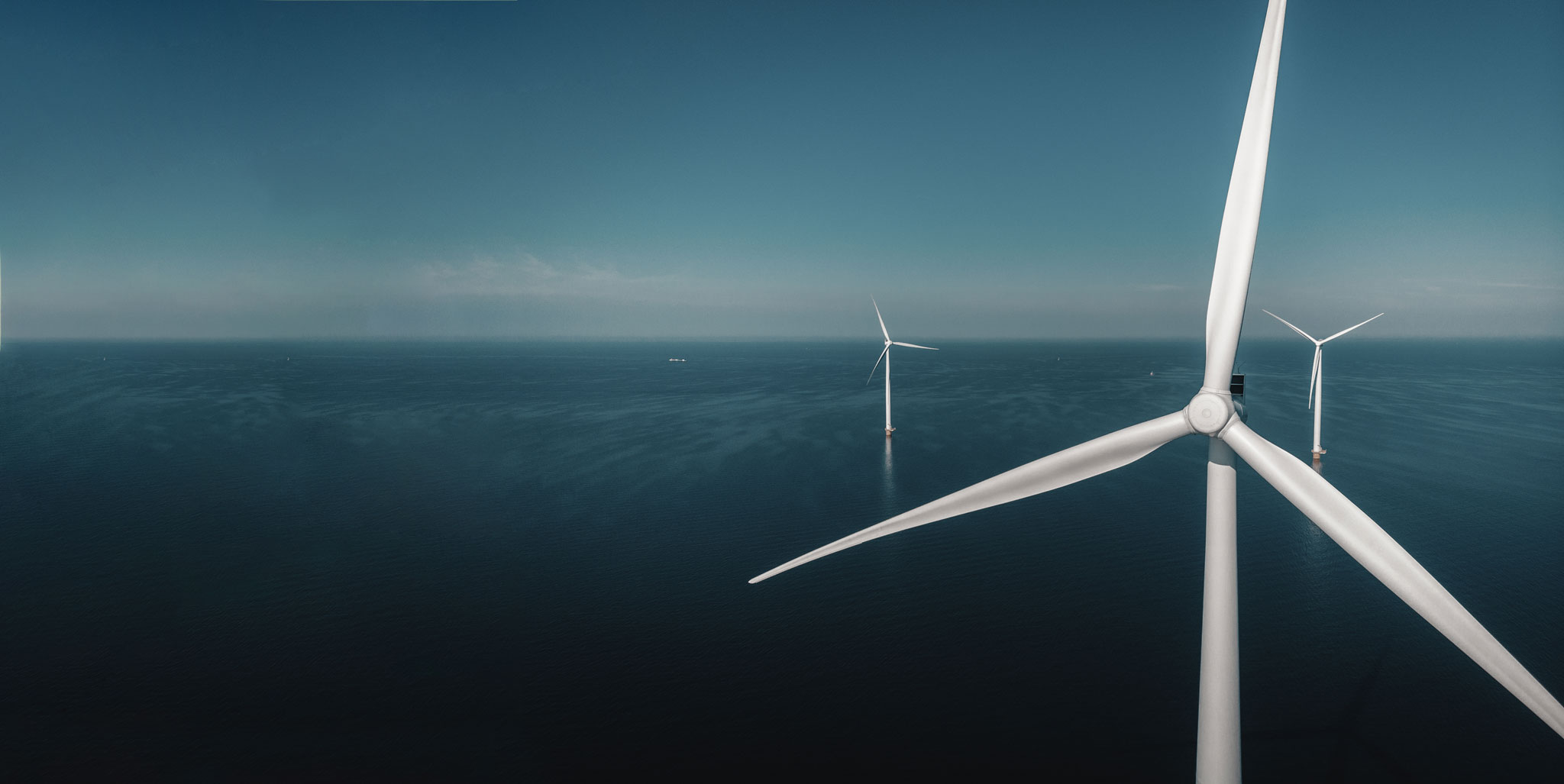Main navigation
Specially designed for you, this tool will help you estimate, step by step, the thickness of the coating to apply and the quantity fo wire to use in all your projects, whichever corrosion classes you work with and the type of wire selected.

* The figure given above is purely theoretical and is given for information only. It therefore does not engage Zinacor S.A. in any way. In practice, you will have to take into account many technical, design and human factors that will increase the quantity to be used.
Get in touch helps us to understand you better
Rue de Chênée 53 (entrée B)
B-4031 Angleur- Belgique
Telephone +3243666471
Get in touch helps us to understand you better
- Technical advices
-
Metallising using expansion of compressed gas without combustion
Metallising using expansion of compressed gas without combustion
Cold gas spraying (CGS)
The basic principle of the cold spraying process is accelerating a gas to supersonic speeds in a nozzle. Powder is introduced in the high-pressure part of the nozzle and is sprayed in a “non-molten” state (gas temperature: 600°C) onto the substrate.
Spraying non-molten particles will remove or minimise negative effects encountered with other systems: high-temperature oxidation, evaporation, fewer oxides in the metallising layer.
Laboratory tests showed that the coating produced using this system is extremely dense and has outstanding adhesion.
Materials used in powder form:
- copper;
- zinc;
- aluminium.
Fields of application:
- automotive;
- protection against corrosion;
- electronics.
For more details: method and equipment
Other questions
-
Category :History of metallising
-
Category :Metallising by electrical discharge or gas
-
Category :Classification of the different metallising processes
-
Category :Laser cladding
-
Category :Gas or liquid combustion metallising
ISO 2063 Standard
Contact


We use cookies to improve your online experience.
For more information, visit our privacy policy


